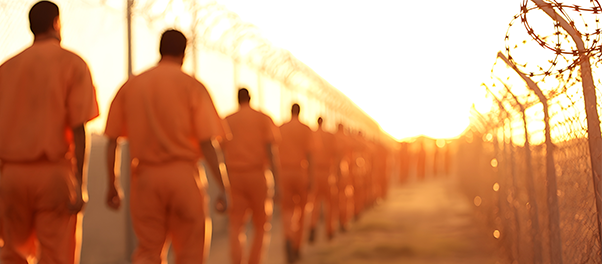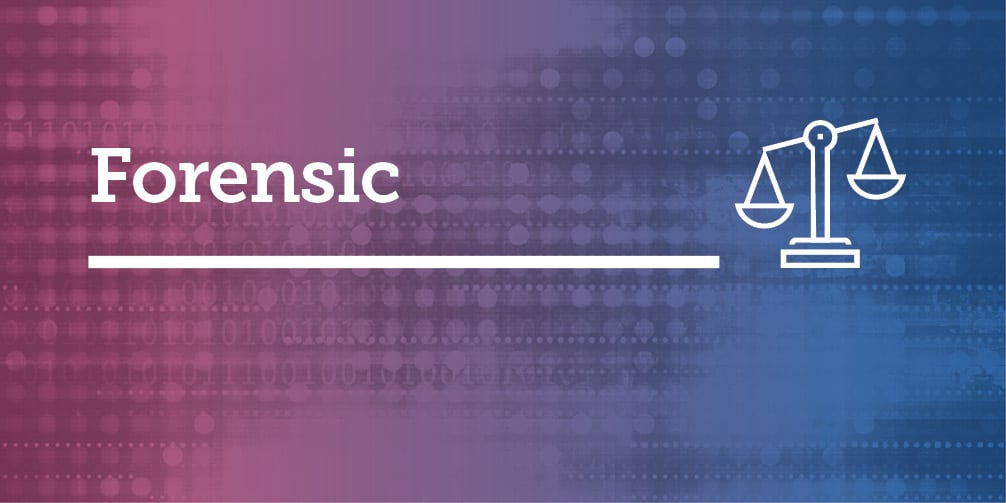The Extent of the Problem
Overcrowding of prisons in America is not a new issue, but it has escalated to alarming levels in recent decades. The United States holds the infamous title of having the highest incarceration rate globally, with millions of people behind bars. This massive population in confined spaces far exceeds the capacities that these facilities were designed to handle. Such conditions not only exacerbate the living conditions within these walls but also severely hinder rehabilitation efforts.
Causes of Overcrowding
Several factors contribute to the overcrowding of prisons in the United States. Harsh sentencing laws, such as the 'three strikes' rule and mandatory minimums, have led to longer sentences and reduced judges' discretion in sentencing. Additionally, the war on drugs has significantly increased the number of incarcerations over the past few decades. A lack of effective rehabilitation programs and the challenges of reintegration into society further contribute to high recidivism rates, cycling more individuals back into the prison system.
Impacts of Overcrowding
The consequences of prison overcrowding in the US are multifaceted. Overcrowded conditions can lead to inadequate medical care, mental health services, and limited access to rehabilitation programs. The strain on resources often results in increased violence within facilities, endangering both inmates and staff. Moreover, these conditions do not exist in a vacuum—they reflect and exacerbate broader racial and economic inequalities in the United States.
- Black individuals make up approximately 33% of the incarcerated population despite comprising only about 13% of the U.S. population.
- Hispanic individuals constitute about 23% of the incarcerated population but around 19% of the U.S. population.
- White individuals represent roughly 30% of the incarcerated population, while they make up about 60% of the U.S. population.
The Competency Crisis and Institutionalization Challenges
The overcrowded prisons also feed into a growing competency crisis, where inmates with mental health issues cannot receive the care they need. This problem is compounded by the historical shifts of deinstitutionalization, where the closure of psychiatric hospitals in the late 20th century led to an increase in mentally ill individuals within the criminal justice system. Many of these individuals are not competent to stand trial but remain in jail without appropriate psychological care, thus perpetuating a cycle of re-institutionalization in an ill-equipped system.
The concept of 'transinstitutionalization' suggests that individuals who once would have been housed in state hospitals are now frequently found in prisons. These facilities are poorly suited to provide the necessary psychiatric care, leading to worsened mental health conditions and increased behavioral problems, which further contribute to the overcrowding crisis.
Myths of Overcrowding
Myth: Releasing Nonviolent Drug Offenders Would End Mass Incarceration → If nonviolent drug offenders were released, a large portion of the incarcerated population would remain due to other offenses, indicating that changes in drug policy alone will not solve overcrowding.
Myth: Harsher Sentences Deter Crime → Longer prison terms don’t necessarily deter crime but do contribute to overcrowding by increasing the population of incarcerated individuals who are serving lengthy sentences.
Myth: Community Supervision Is a Better Alternative to Incarceration → There are unique limitations and challenges of community supervision, which often fails to significantly reduce the incarcerated population due to high rates of reincarceration for technical violations, thus maintaining or even increasing overcrowding.
Solutions to Mitigate Overcrowding
Addressing the problem of overcrowded prisons requires comprehensive criminal justice reform. Initiatives could include:
- Sentencing Reforms: Revising sentencing laws that lead to long incarcerations for non-violent offenses could significantly reduce the prison population.
- Decriminalization: Policies that decriminalize or reduce penalties for minor offenses, particularly drug-related ones, can decrease entry into the criminal justice system.
- Rehabilitation Programs: Enhancing access to quality rehabilitation services and supporting reentry initiatives can reduce recidivism.
- Alternative Sentencing: Expanding the use of alternatives to incarceration, such as community service, probation, and treatment programs, can alleviate pressure on prison facilities.
- Mental Health Reforms: Investing in mental health services both inside and outside of prisons to address the needs of the mentally ill and prevent unnecessary incarcerations.
Conclusion
The overcrowding of prisons in the United States poses significant challenges not only to the functioning of correctional facilities but also to the broader goals of justice and rehabilitation. While the road to reform is complex, it is essential for the sustainability of the justice system and the nation's health. Efforts to address these issues must be persistent and multifaceted to create a system embodying justice, rehabilitation, and humane treatment.
Additional Resources
Blog Post
- Unlocking Wellness Behind the Bars: Illuminating the Struggles and Triumphs of Mental Health in Prisons
- Destigmatizing Mental Health in Prisons
- Prison and Mental Health Reform
Research
- Burnout and Empathy in high-stress mental health settings
- Unlocking Meaning: Metacognition as Key to Incarcerated Persons' Mental Health Recovery
Training
- LIVE: Assessment and Treatment of Clinical Care Needs
- LIVE: Traditional Forms of Community Supervision and Interventions Offered
- Careers in Correctional Mental Health
- Correctional Mental Health
Podcast
























